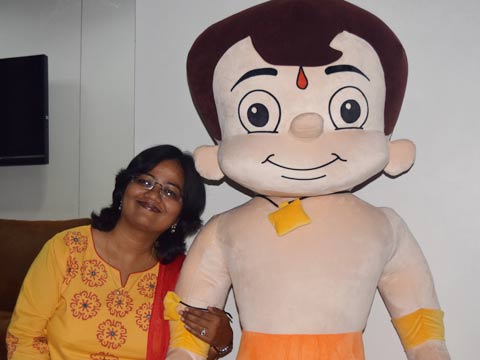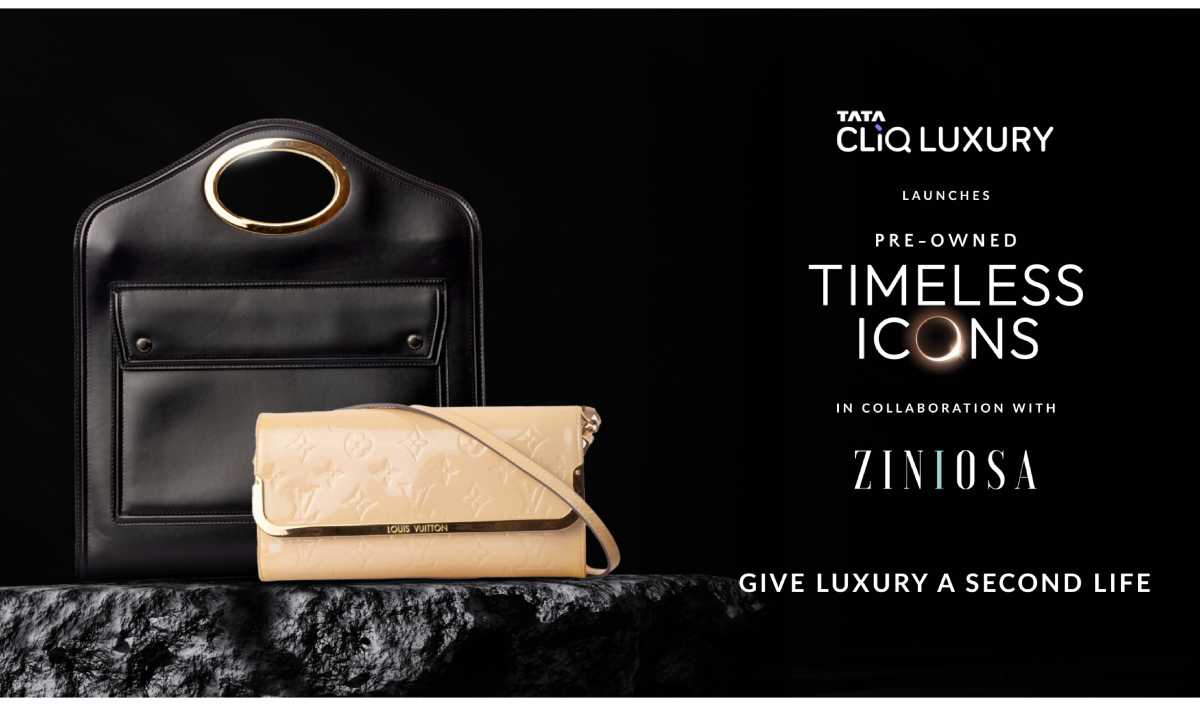
After marking its presence in South-East Asian market, Chhota Bheem is soon going to venture into countries in Africa and West Asia. With this, Green Gold Animation Pvt. Ltd., the creators of Chhota Bheem, are betting big to transform the home-grown little superhero into a global character while working upon the licensing programme parallelly. Noticeably, the company gets 40 per cent of its revenues from merchandising. Despite the great numbers, the company faces speed breakers due to lack of awareness about brand licensing in India. In a conversation with License India, Anvita Prasad, Head Licensing at Green Gold Animation Pvt. Ltd. spoke about the licensing programme for Chhota Bheem and the challenges while dealing with a licensee. What is new with the licensing programme for Chhota Bheem? It is going great. We are breaking one record after other. Licensing is a new division over here started almost 5 years back. Every year we are adding a lot of categories and today, almost all the important main categories are filled. Now after exhausting the main categories, we are moving to the non conventional products. Apart from Chhota Bheem, we have licensing programmes for Mighty Raju and Arjuna – the prince of Bali. How many categories are being addressed through your licensing programme? As such we are in almost every category be it fashion, home, Back-to-school, or food. We have active 60 product licenses and roughly 40 promotional licenses, which makes approximately 100 active licenses. Promotional licenses are a time-based thing. We at Green Gold, take care of product licenses and POGO takes care of the promotional licenses. What are the non-conventional categories that you are looking at? The non-conventional categories include technology-based products, and health segment which we are entering into. We have launched a product - a candy with minerals, multi-vitamin, calcium, which is well accepted in the market. Health is one area where we are talking to a lot of people. Similar is in technology-based products. I can’t divulge the details, but these are the two segments in pipeline at the moment. In F&B industry, we are already present in food-based drinks and snacks. There is a licensee for chips and similar products. There is a licensee who recently launched mango and litchi drink. Then candies are also there. But most of our food based licensing is into promotional category. We are continuously talking to people. We are looking for some licensees for jam, chocolates etc. Are there any plans for Chhota Bheem themed restaurants or cafe? All those discussions are on, but everything is in preliminary stages. We have tie-ups with pre-schools and they keep doing promotional activities with Chhota Bheem. These are very old tie-ups which are still on. Chhota Bheem appears into their promotions, summer camps, etc. that’s something different from normal licensing. Chhota Bheem is a very Indian content and that’s why even parents don’t mind their kids watching. Also, it connects with our Indian culture, moral values are there and every show teaches you something. That’s why it is welcomed by parents. Of all the categories, which one is generating the most revenue? If I have to tell you about revenue as per categories, I would say, BTS is the biggest currency for us which include school bags, lunch boxes, water bottles, pencil boxes and stationery and contributes roughly 30 per cent of our biz. Then toys and apparel are 20 and 15 per cent, respectively. Around 15 per cent comes from foods and rest from others. According to you, which is the most popular product in BTS category? What happens is that you buy bags once in a year and hence, seasonality is involved in the sale of bags. For that matter, seasonality is a part of sales of water bottles and lunch boxes also. In terms of stationery and pencil boxes etc., sales is there throughout the year driven by their usage which is independent of season. So this category would be best classified into seasonal and evergreen products. Do the prices vary as per the location? I would say the price varies in terms of distribution channels – organised, eCommerce and traditional mom and pop stores. We have school bags starting from 599 onwards up to 1,400, whereas hypermarket stores have in price range of 299 onwards. Again, price depends on geographical area; smaller towns have school bags priced at around Rs 299 in mom and pop stores, but certain stores in Mumbai will keep stuff similar to those selling at Lifestyle, as they have affluent class as consumers. A similar range is available at online portals as well. So, largely, price varies according to distribution channel. What challenges do you face as a licensor while operating in India? Licensing in India is at a very nascent stage. Though Disney is operating for last 20 years now, but actual licensing started 7-8 years back. Now if you go to school, you won’t find any simple pencil box, every child owns stuff of one or more character. Now, even parents are very well informed and they are willing to spend. One challenge is that there are common partners among a lot of licensors. In addition, when you approach someone who is new to licensing, first you need to make him understand why he needs to pay you as royalty because in India people still think that slapping a character onto their product will give exposure to that character/company. Also, when someone becomes a licensee, a lot of hand-hold is required because the licensee is completely ignorant about profits and thinks that now licensors will manage everything. Now some tight handholding is required from inventory to product production, and we love to do that because we want quality products to enter the market. So, educating a licensee is one major challenge. Moreover, piracy is a very big problem and we need to have very stringent laws against it. A lot of cheap products are available especially for very popular characters.
Copyright © 2009 - 2024 License India.















